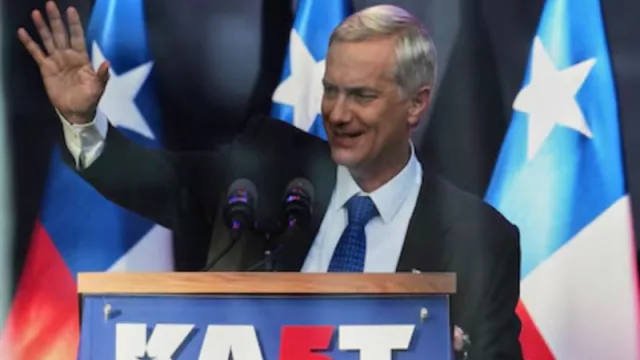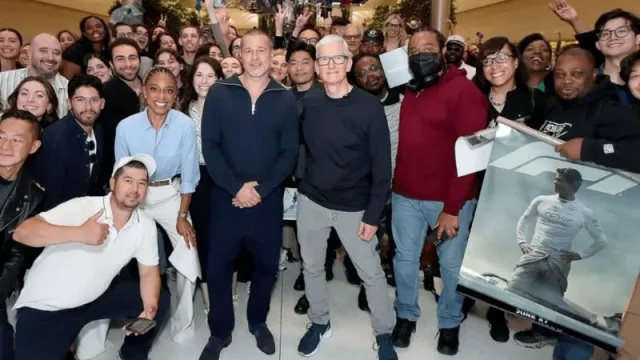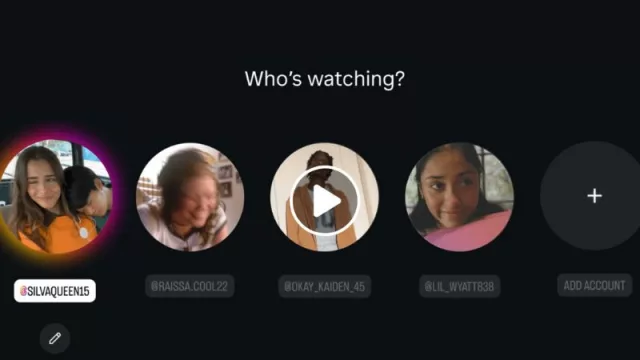Miami, the Success Story Inspiring Cities to Redefine Their Path
A legacy of female vision and leadership that today is more than ever a highly valued lesson.
Micro-Insight from IN Miami: 3 Keys to Understanding Its Success
1. Strategic Alliances: The Tuttle-Brickell-Flagler partnership (1895) launched the railroad that attracted 40% of the initial population.
2. Cultural Innovation: The Art Deco movement of the 1930s and Miami Vice of the 1980s sparked a 200% tourism boom over two decades.
3. Anglolatin Power: Today, 54% of residents are Hispanic, and Miami accounts for 65% of U.S.-LATAM trade (Data: AmCham, 2023).
4. Visionary Real Estate: Brickell boasts the highest price per square meter in Florida ($12,000 in 2024) and leads the U.S. market.
5. Audiovisual Legacy: Miami Vice boosted tourism by 30% in the 80s and continues attracting USD $500M annually in film and TV productions (Film Miami Foundation).
Miami’s History in 10 Key Tips
-
Julia Tuttle, the “Mother of Miami”: Imagined a metropolis in a virgin swamp in the 1890s, partnering with the Brickell family to bring the railroad.
-
Henry Flagler: Oil and transportation magnate, extended his railroad to Miami in 1896 after Tuttle convinced him of the local agricultural potential.
-
The Tuttle-Flagler-Brickell alliance: Officially founded Miami on July 28, 1896, with just 300 residents.
-
The railroad’s impact: Not only connected Miami to the U.S., but attracted investors, settlers, and commerce, fueling demographic and economic growth.
-
1915 Transformation: Carl G. Fisher and John S. Collins turned Miami Beach from mangroves into a luxury tourism magnet with iconic hotels and bridges.
-
Art Deco Era (1920s–1930s): Ocean Drive became an architectural icon, today valued at $4.3 billion.
-
The Great Depression (1929): Slowed development, but resilience was exemplified by projects like the Miami Beach Post Office.
-
WWII: The city militarized, with Homestead Air Force Base driving employment and diversification.
-
The founders’ legacy: From zero to 2.7 million residents in 129 years, with a metro area of about 6.3 million today.
-
Miami’s resilience: From elite refuge to global icon, facing hurricanes and crises, its DNA remains rooted in innovation and adaptation.
From Mangroves to the Metaverse: Miami’s Power Equation
Miami demonstrates that bold alliances (Tuttle + Flagler) + pop culture (Miami Vice) = geopolitical influence. With 70% bilingual population and USD $25 billion in crypto investments (2024), the city is a living laboratory for the future.
The lesson? As Carl G. Fisher once said: “Don’t build walls—build bridges… even if they’re over water.”
Julia Tuttle and the Alliance That Revolutionized the South
"Without women, there’s no progress." — Julia Tuttle defined her fight to convince Henry Flagler to extend the railroad to Miami. In 1896, with just 300 residents, Tuttle donated key lands for the station — a strategic move today equivalent to investing USD $2.5 billion in infrastructure (Source: Iron Empires by Michael Hiltzik).
The Brickells, in turn, provided capital and connections with Cuba, laying the groundwork for the Miami-Latin America axis.
Key fact: Flagler’s railroad spurred a 1,200% population growth in 20 years.
-
How did an 1895 alliance and an 80s TV series shape the global capital of the 21st century?
-
Miami, the only major U.S. city founded by a woman, celebrates in 2025: 129 years of its creation and 41 years of Miami Vice, the series that catapulted it as a symbol of innovation and diversity.
-
Julia Tuttle, Henry Flagler, and the neon glow of Crockett and Tubbs forged a melting pot where today 70% of LATAM investments in the U.S. and 65% of bilateral trade converge.
The Miami Vice legacy: It transformed Latin America — a story of creativity, racial melting pot, open-mindedness, and diversity.
Miami Vice and the Neuroscience of Glamour
The series didn’t just wear pastel shirts and drive Ferraris: it applied neuromarketing avant la lettre. According to Professor José Luis Orihuela (USC), its soundtrack featuring Jan Hammer and Phil Collins activated feelings of freedom and boldness, associating Miami with aspirational luxury. The result? 23 million viewers per episode in 1985 (Nielsen Ratings) and a wave of investments that revived Art Deco in South Beach.
Practical example: The episode "Evan" (1984), shot at Vizcaya Museum, increased museum visits by 400% in a year.
Miami, the Anglolatina Capital: Data That Define an Empire
-
Economy: Miami’s GDP (USD $400 billion in 2024) surpasses that of countries like Uruguay (IMF).
-
Real estate: 35% of Coconut Grove properties are purchased by Latin Americans (Miami Realtors).
-
Culture: 60% of tech startups are founded by women, inheriting the Tuttle legacy (eMerge Americas).
FAQs
1. Why is Miami called the "Anglolatina Capital"?
Because its geographic position and 54% Hispanic population create a fusion of U.S. and LATAM business dynamics.
2. How did Miami Vice impact the real economy?
It created the “Miami cool” brand, attracting USD $3 billion annually in tourism and reinvesting in street art (e.g., Wynwood Walls).
3. Which entrepreneurs embody Julia Tuttle’s spirit today?
Jorge Pérez (Related Group), who used art to valorize properties, replicating the Tuttle-Flagler model, and Alan Faena, who brought multicultural glamour to Miami.
Read Smart, Be Smarter!
Join us and stay ahead with exclusive access to strategic insights — become part of the largest business and culture community across Anglolatin America!
Sign up for free: https://infonegocios.miami/suscribite-al-newsletter
Infonegocios NETWORK: 4.5 million Anglo-Latinos united by a shared passion for business excellence.
Contact Infonegocios Miami:
Explore our regional platforms:
-
Uruguay: https://infonegocios.biz
-
Argentina: https://infonegocios.info
-
Paraguay: https://infonegocios.com.py
-
Madrid: https://infonegocios.madrid
-
Barcelona: https://infonegocios.barcelona












Tu opinión enriquece este artículo: